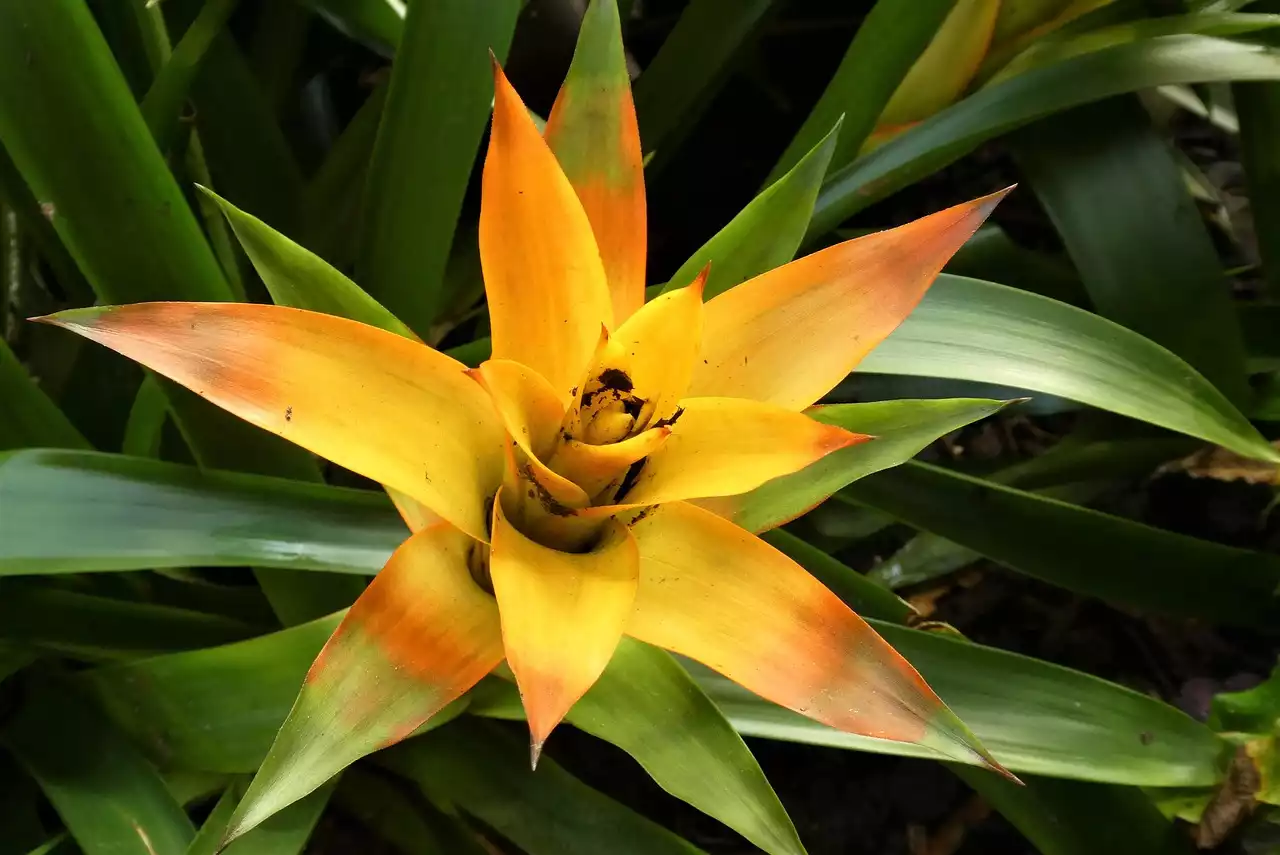Aeroponics is a type of hydroponic gardening where roots are exposed to air instead of water. The word “aeroponics” comes from the Greek word “aeros” meaning air and “ponos” meaning labor or work. In this article, you will learn about aeroponic systems for hydroponics and their benefits. Keep reading to know more.
What is an Aeroponic System for Hydroponics?
An aeroponic system for hydroponics is a type of hydroponic system where the roots are kept in air. In this system, instead of water, nutrient solution is sprayed on the roots in a very fine mist. So, no medium is required to grow plants in this system. The plants’ roots are sprayed with the nutrient solution in a very fine mist. This mist carries the dissolved nutrients to the roots of the plants. The roots are kept in air so that they can easily absorb oxygen. Further, the roots are not subjected to moisture and hence, there is less chance of bacterial and fungal growth. The systems where the roots are kept in air are variously called as aerologic, airrootculture, or mist culture. These systems are also known as “root culture”. The term “root culture” implies that the plant is grown in such a way that the roots are in the open air rather than immersed in water or any other medium.
Benefits of Aeroponic Systems for Hydroponics
There are various benefits of aeroponic systems for hydroponics that are listed below. Less water retention since the plants’ roots are exposed to air, there is very little water retention in the system. Moreover, a self-regulating system is used in the aeroponic system, where the rate of flow of the nutrient solution is maintained by a built-in device. Higher nutrient availability Roots exposed to air have better access to dissolved nutrients compared to those in water. This makes the nutrient solution more available for the plants. Efficient use of water the aeroponic system uses only the amount of water that the plants need. So, no excess water is retained in the system, making it a more efficient way of growing plants compared to other hydroponic systems. Less risk of disease the aeroponic system is free from the risk of diseases caused by soil and other types of medium. Better root development Roots grown in the air are less likely to get compacted and show better development. Better nutrient uptake the roots can easily absorb the dissolved nutrients in the solution sprayed on them.
Types of Aeroponic Systems for Hydroponics
There are many types of aeroponic systems for hydroponics, such as nutrient film technique (NFT), Floating root system, spray and fed system, mist and drain system, and fog and drain system. It is the most popular aeroponic system for hydroponics, where a thin film of nutrient solution is run along the length of the growing tray. The roots are kept in the air on the upper side of this film. Floating root system in this system, the growing tray is kept above the nutrient reservoir. Roots are kept in the air and a thin film of nutrient solution is sprayed on them. Spray and fed system. A spray ball is used to spray nutrient solution on the roots. Mist and drain system. A misting spray is used to spray nutrient solution on the roots. Fog and drain system. A fogging spray is used to spray nutrient solution on the roots.
How does an Aerologic System Work?
An aeroponic system for hydroponics works as follows. First of all, the plant is planted in a growing tray or net pot that is kept in a growing chamber. The growing chamber is a controlled environment where the temperature and humidity can be adjusted. The nutrient solution is kept in a nutrient tank that is connected to the growing chamber. The growing chamber and the nutrient tank are connected through pipes.
Aerologic Systems for Flowering Plants
Soil is replaced by air in an aeroponic system for flowering plants. In this system, the roots are kept in air. A thin film of nutrient solution is sprayed on the roots to provide them the required nutrients. Different types of aeroponic systems for flowering plants are. Automated mist and flow (AMF) system in this system, the plants are grown in a mist environment. The plants are grown in a net pot that is kept in a mist tray. The tray is connected to a nutrient tank and the plants are grown in a mist environment with the help of a fogging nozzle. Automated mist and flow system with nutrient film. In this system, the roots are kept in air and the entire surface of the growing tray is misted with a thin film of nutrient solution. Hydroponic root sprawling (HRSP) system. In this system, the plants are grown in a mist environment. The plants are grown in a net pot that is kept in a mist tray. The tray is connected to a nutrient tank. The plants are grown in a mist environment, with the roots kept in air and a thin film of nutrient solution sprayed on them. Mist and drain system. In this system, the plants are grown in a mist environment with the roots kept in air and a thin film of nutrient.


 Considerations for Modern Dining Room Design: The Best Tips and Tricks
Considerations for Modern Dining Room Design: The Best Tips and Tricks
 DIY Landscaping a Water Fountain
DIY Landscaping a Water Fountain DIY Marquetry in the Home
DIY Marquetry in the Home What Does a Wick System for Indoor Gardening
What Does a Wick System for Indoor Gardening Nutrient Film Technology for Indoor Planting
Nutrient Film Technology for Indoor Planting How does a Water Culture Benefit Roots
How does a Water Culture Benefit Roots Ebb and Flow for Hydroponics for Indoor Gardening
Ebb and Flow for Hydroponics for Indoor Gardening